IT TAKES A LOT for a movie to hold my interest. I’d rather read a book. But the 2013 film “Nebraska” certainly grabbed, and held, my interest.
By self-admittance, I seldom watch movies. I can’t recall the last movie I saw inside a theater. Or rather, I should clarify, the last time I watched a movie in its entirety in a theater. I walked out on a “John Wick” film not even an hour in. That was on a rainy Memorial Day weekend in 2019 when, for lack of anything better to do, Randy, Caleb and I decided to go to the movies. I knew nothing of “John Wick” or the level of violence portrayed in this series. I watched for awhile, fidgeted, closed by eyes, then walked out, demanded a refund and got one. I haven’t been inside a movie theater since.
Yes, I acknowledge ignorance about movies, about the film industry, about actors and actresses and nearly anything Hollywood-related. I mostly dislike the obsessive hype and adoration. Certainly, talented creatives exist in the field. But often the attention and praise heaped on Hollywood seem excessive.
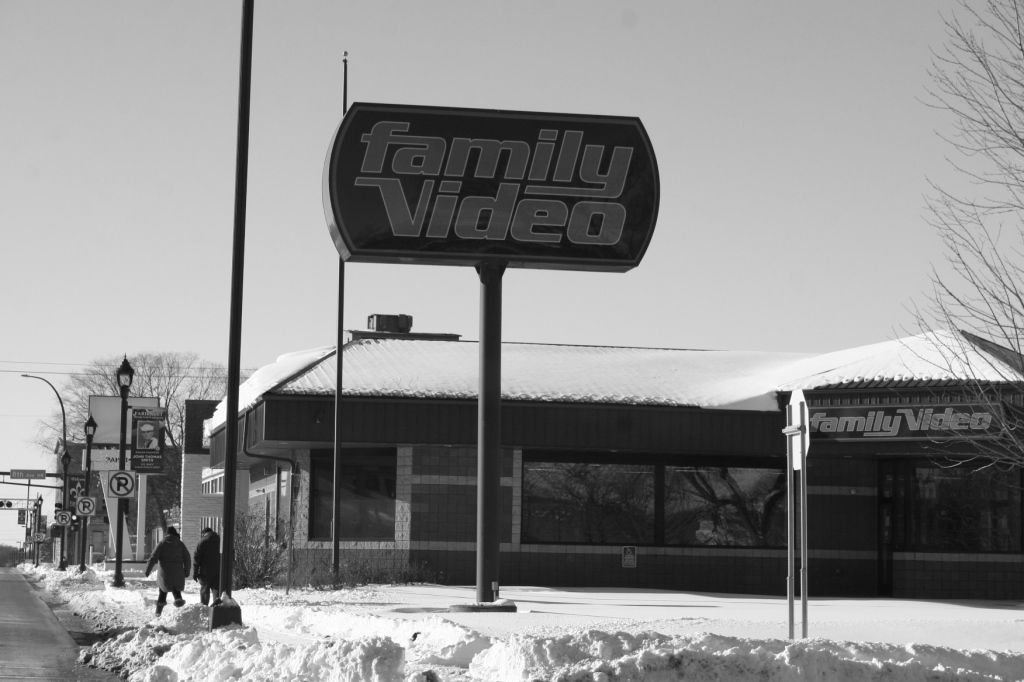
But then along comes a film like “Nebraska,” which Randy found at our local library while I was browsing for books. Buckham Memorial Library is our source for DVDs since the closing of Faribault’s Family Video about a year ago. Not that we frequented the video rental store much, but occasionally. Just like we occasionally check out movies from the library. Our kids laugh that we still watch DVDs. But, hey, we still get our television reception from a rooftop antenna and don’t stream anything. We are old school that way and I’m OK with that. Like I said, I prefer reading a book.
Back to the 10-year-old film “Nebraska.” Although it didn’t win any of the six Academy Awards for which it was nominated, it should have. I loved everything about the movie which tells the story of Woody Grant (Bruce Dern) on a road trip from Billings, Montana, to Lincoln, Nebraska, with his son David (Will Forte). The plot revolves around the aging Woody’s belief that he’s won a mega sweepstakes prize. You know, the kind of “prize” announced in a mailing to unsuspecting folks who, like Woody, fail to read the fine print.
The storyline premise is basic and believable, the characters realistic. As the plot progresses and word gets out about Woody’s presumed wealth, family and friends appear, wanting a share of the money. Greed emerges, just as in real life when families squabble over inheritances and possessions.
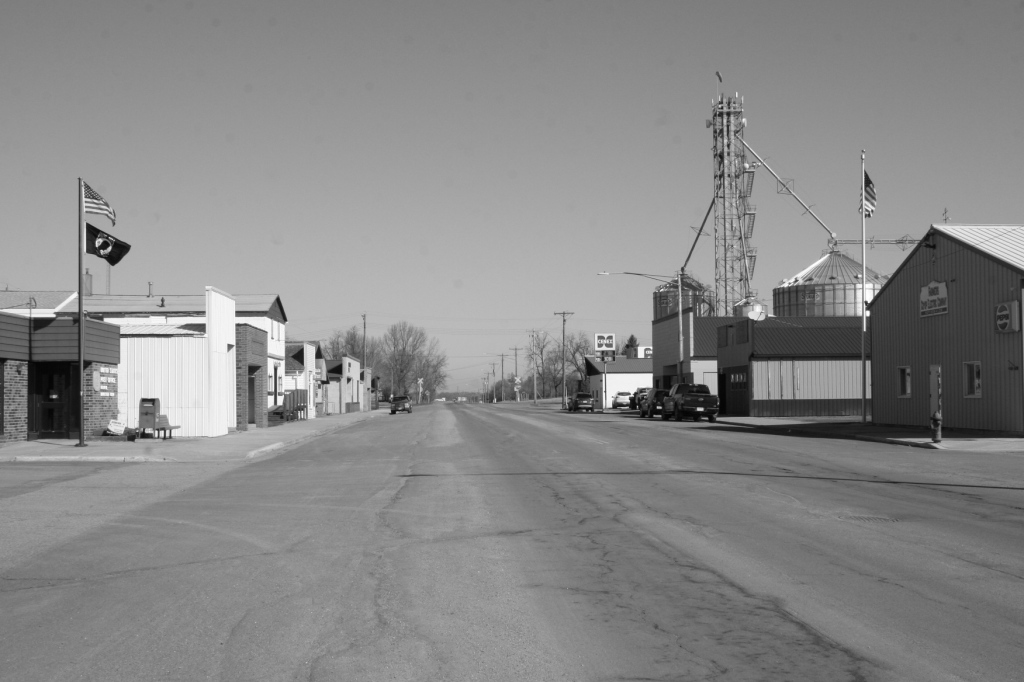
Set in rural America—from small town Main Street (Woody’s hometown) to corner bar to rural cemetery—the scenes in “Nebraska” look a lot like the southwestern Minnesota prairie where I grew up. No surprise given the Nebraska filming locations. I felt comfortably at home in the landscapes of this movie while settled in my Minnesota home.
That the film shows totally in black-and-white strips the scenes, allowing characters and dialogue and setting to shine without distractions. At first I thought this was a Coen brothers (of “A Serious Man” and “Fargo” fame) movie. It’s not. Alexander Payne directs “Nebraska.” The music reminds me of the music in “Sweet Land,” another all-time favorite film.
“Nebraska” mixes drama and comedy to create a movie that is simultaneously entertaining, sad, funny, insightful and every day ordinary. Kate Grant (June Squibb), the strong and opinionated woman married to Woody, delivers some of the film’s most powerfully honest and comedic moments.
I wish I’d viewed this movie in a theater rather than horizontally elongated on a TV screen. I know for certain that I would have sat there focused, fully-engaged, eyes wide open until the very end.
TELL ME: Have you seen “Nebraska”? If yes, what are your thoughts on the film? Any movies you recommend I check out from my local library or view in a movie theater?
© Copyright 2023 Audrey Kletscher Helbling
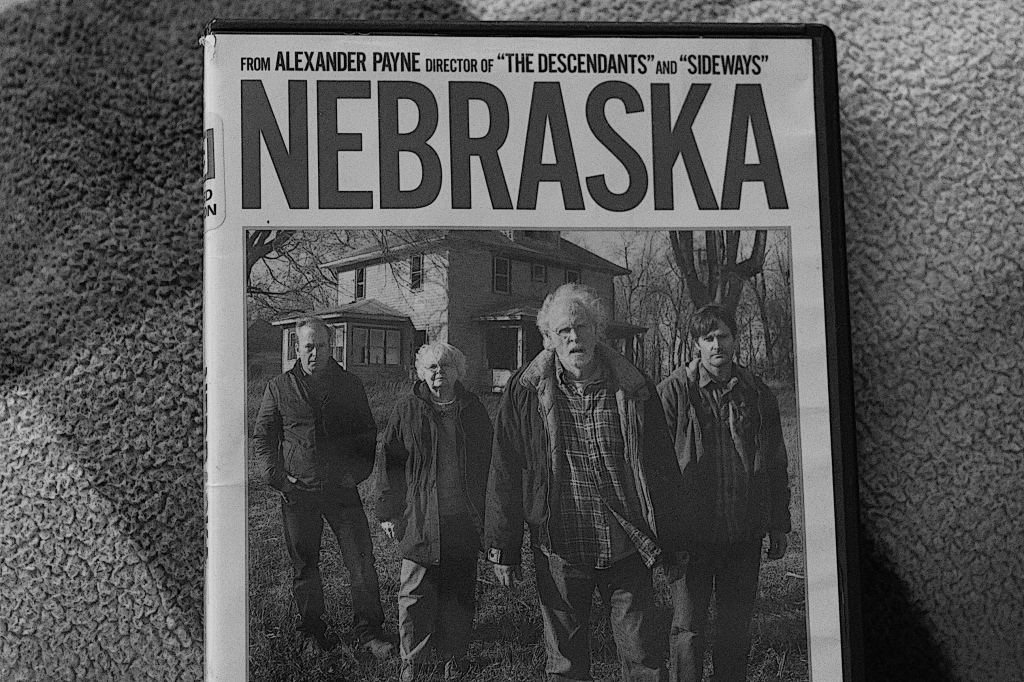
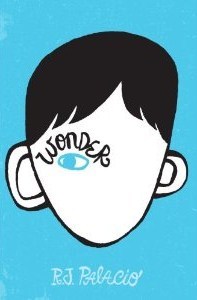
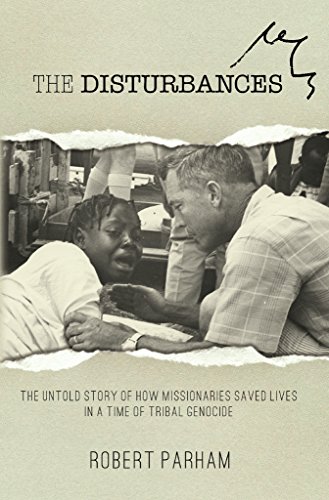
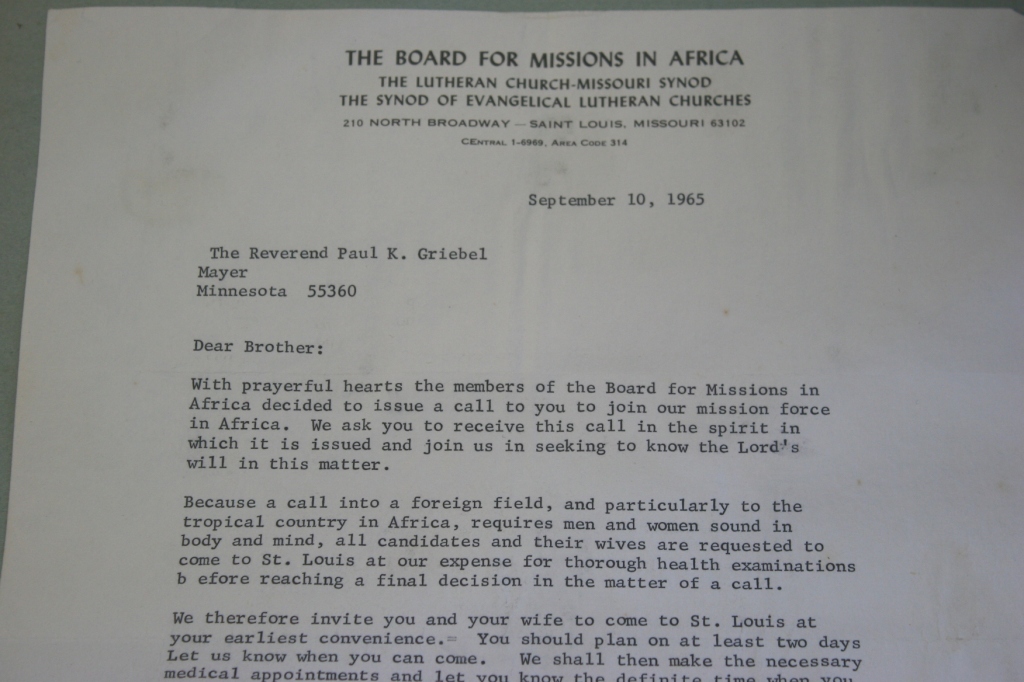
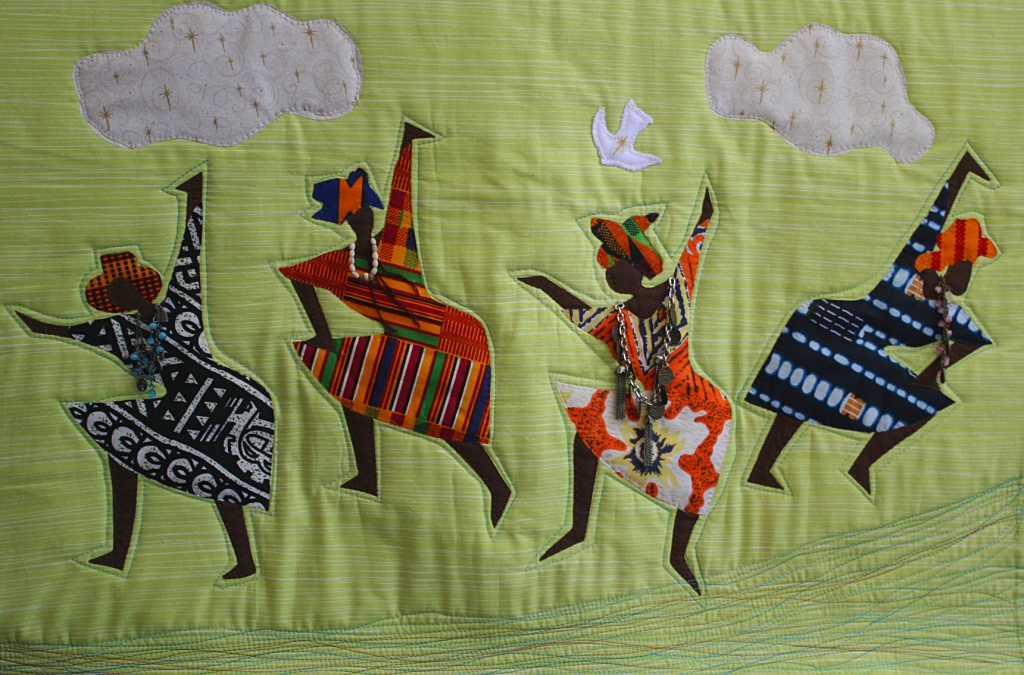

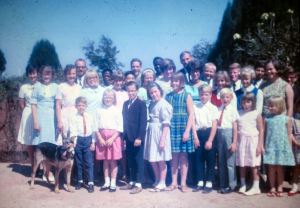
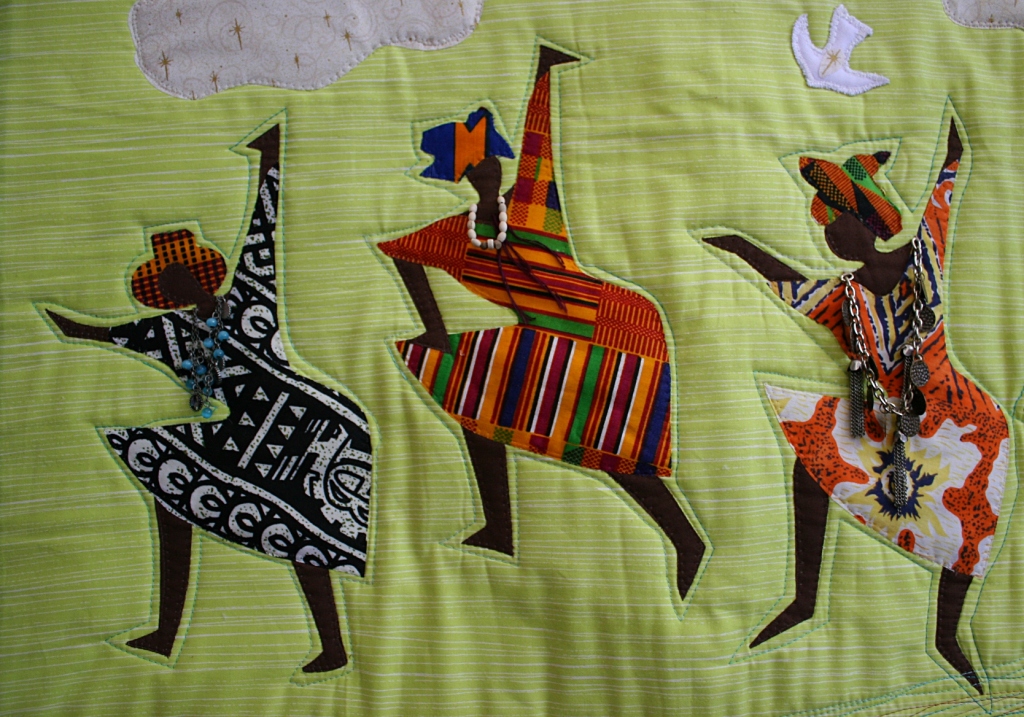
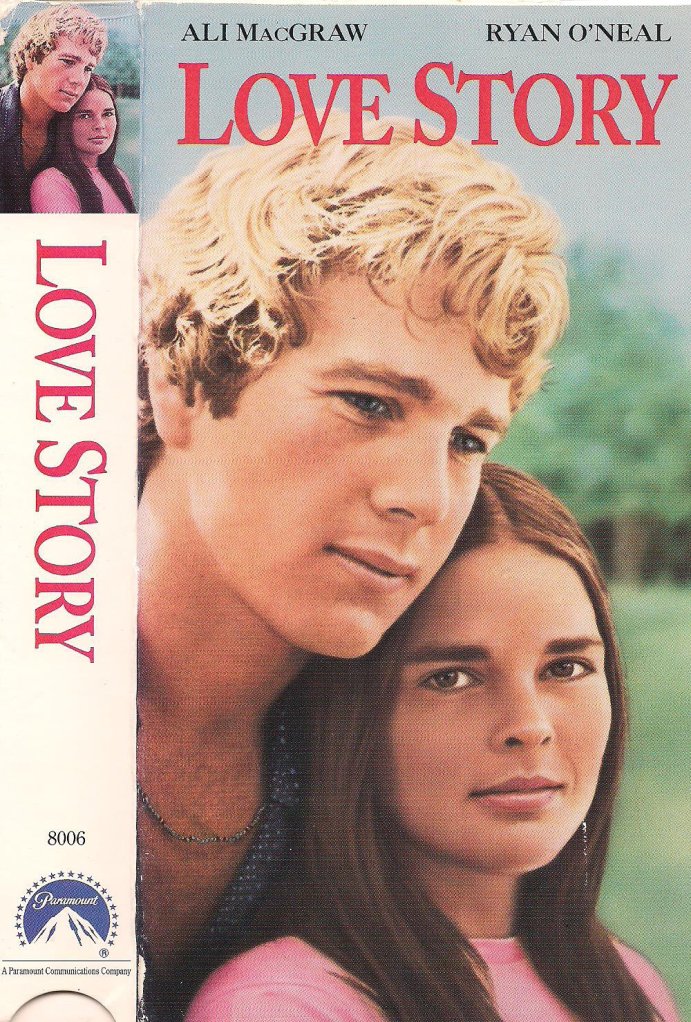


Recent Comments